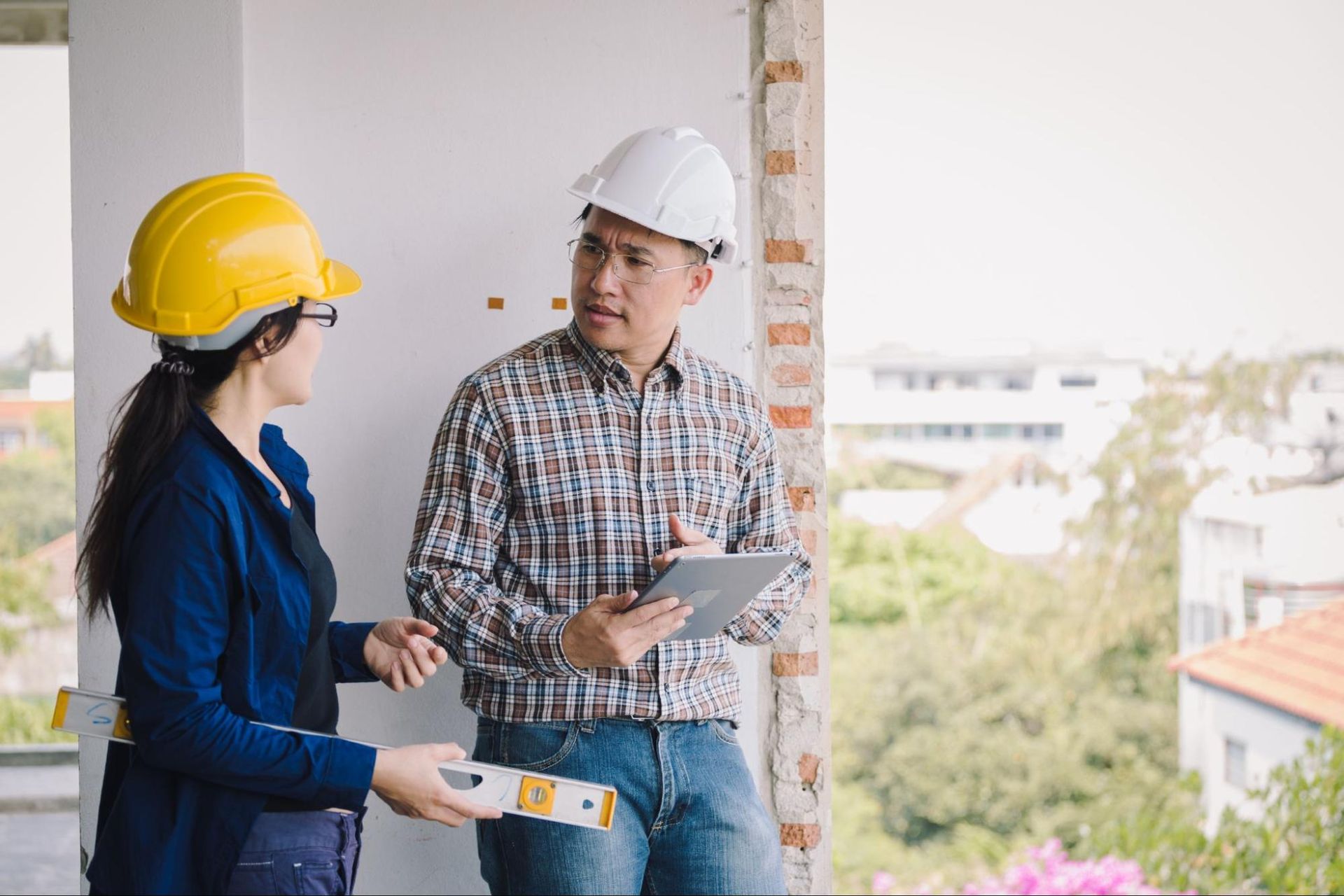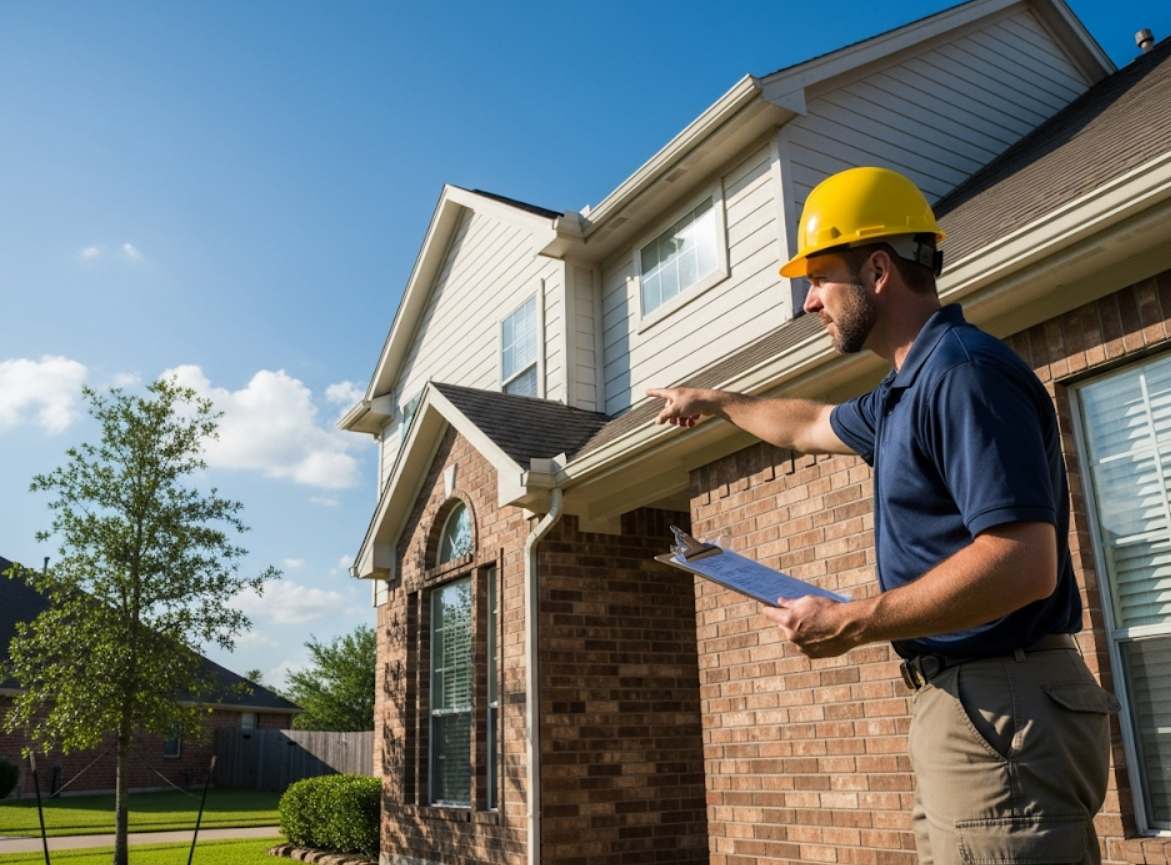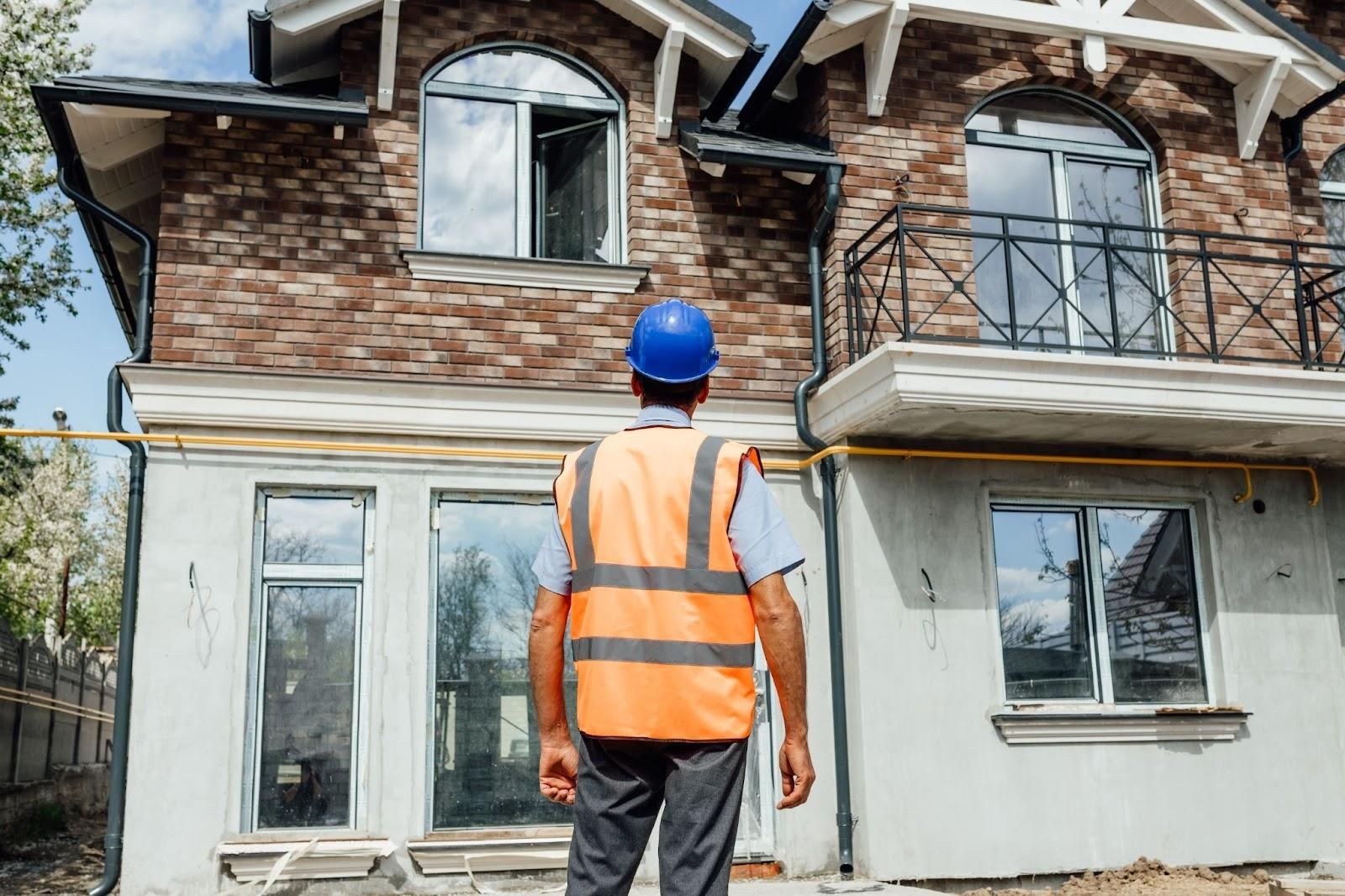How to Prepare Your Home for Handyman Construction Work: Stress-Free Tips for Homeowners
Preparing your home for handyman construction work can feel overwhelming. Homeowners often face frustrations like unclear timelines, unexpected costs, and the disruption of daily routines. Whether it's a small repair or a major renovation, the thought of having workers in your space can add to the stress.
However, taking the right steps can make the process smoother and more efficient. By understanding the importance of proper preparation, homeowners can minimize disruptions and ensure that their projects run as smoothly as possible. With expert guidance and practical tips, this article will help you navigate the preparation process, setting the stage for a successful handyman experience.
Understanding Handyman Construction Work
Handyman construction work encompasses a variety of services designed to assist homeowners in maintaining and improving their properties. These tasks range from minor repairs to significant renovations and ensure the home remains functional and aesthetically pleasing.
Types of Handyman Services
Handyman services include various specialties aimed at addressing different needs. Common types encompass plumbing repairs, electrical installations, drywall repair, paint jobs, and carpentry work. Homeowners may also require seasonal maintenance tasks, such as gutter cleaning and HVAC servicing. These diverse offerings make handyman services a one-stop solution for many home improvement issues.
Importance of Preparation
Effective preparation streamlines handyman construction work and minimizes disruptions. Homeowners should compile a list of tasks, gather necessary materials, and clear work areas in advance. Communicating specific requests and expectations to the handyman ensures that the project aligns with the homeowner's vision. This level of organization contributes to smoother execution and better outcomes, ultimately leading to a more satisfying experience.
Assessing Your Space

Assessing your space is a crucial step before any handyman construction work begins. Careful evaluation promotes efficient project execution and minimizes potential issues.
Evaluating Areas for Improvement
Evaluating areas for improvement focuses on identifying both aesthetic upgrades and functional enhancements. Look for worn-out fixtures, outdated plumbing, or spaces needing repairs. List all necessary adjustments, including minor fixes like paint touch-ups or major projects such as kitchen upgrades. Noting specific areas where work is essential helps streamline the handyman’s effort.
Identifying Potential Obstacles
Identifying potential obstacles ensures a smoother process during handyman construction. Check for accessibility issues, such as furniture placement or tight doorways. Note any fragile items that might need relocation to prevent damage. Also, consider existing utility lines like plumbing or electrical systems that could complicate renovations. Addressing these challenges in advance helps maintain project timelines and prevent unexpected delays.
Creating a Plan
Creating a detailed plan sets the foundation for a successful handyman construction project. Proper planning ensures minimal disruptions and aligns the project with homeowner expectations.
Setting a Timeline
Establishing a clear timeline streamlines the construction process. Prioritize tasks by identifying major milestones, such as start and completion dates for each phase. Communicate these milestones with the handyman to keep the project on track. Incorporate buffer times for unexpected delays. By doing this, homeowners maintain control over the schedule and can prepare for any temporary inconveniences during construction.
Budgeting for Services
Budgeting accurately helps manage expenses effectively. Begin by listing all necessary services, materials, and additional costs related to the project. Include costs for permits and potential unforeseen expenses. Communicate the budget with the handyman to align expectations. Openly discussing financial constraints fosters teamwork and ensures both parties understand the project's limits. This approach can ultimately lead to smoother execution and less stress throughout the process.
Preparing Your Home

Preparing a home for handyman construction work involves several key steps that streamline the process and minimize disruptions.
Clearing Clutter
Clearing clutter from work areas enhances efficiency. Homeowners should remove personal items and furniture from spaces where construction will occur. This allows the handyman to access areas easily and reduces the risk of damage to belongings. Homeowners must focus on spaces such as living rooms, bathrooms, and kitchens, ensuring pathways are clear for tools and equipment. Designating a specific area for any necessary items can help maintain organization throughout the project and support the handyman’s work.
Protecting Your Belongings
Protecting belongings during construction prevents damage and loss. Homeowners should cover or move valuable items, including electronics, art, and delicate furnishings, to a safe location. Utilizing drop cloths or plastic sheeting can shield surfaces from dust and debris. Additionally, securing fragile items helps maintain peace of mind throughout the project. Floors can also be protected with temporary coverings or mats, preserving their condition during the work. Taking these measures ensures a smoother construction process and safeguards the homeowner's investment.
Communicating with Your Handyman
Effective communication leads to successful handyman construction work. Homeowners must engage openly with their handymen to ensure a smooth process and comprehensive understanding of the project.
Discussing Your Vision
Homeowners should clearly articulate their vision for the project. Specific details, such as desired styles, colors, and materials, help the handyman understand preferences. By sharing inspiration images or examples, homeowners create a clear visualization that aligns expectations. Discussing potential challenges and solutions allows both parties to plan adequately. This proactive approach minimizes miscommunication and streamlines the workflow towards achieving the homeowner's goals.
Addressing Concerns
Homeowners must address any concerns directly with their handyman. Discussing worries regarding timelines, costs, or potential disruptions creates transparency. If questions about specific techniques or materials arise, it’s essential to seek clarification. By voicing concerns early, homeowners foster trust and collaboration with the handyman. Regular check-ins during the project help stay informed about progress and any adjustments necessary. This open dialogue ensures that both parties remain aligned and can effectively tackle challenges as they arise.
Schedule a Service Today for expert handyman construction work in Greater Houston.
Conclusion
Preparing a home for handyman construction work can significantly impact the project’s success. By taking the time to organize spaces and communicate effectively with the handyman, homeowners can minimize disruptions and ensure their vision is realized. Proper planning not only helps in managing timelines and budgets but also protects personal belongings from damage during the process.
With the right preparation and a proactive approach, homeowners can navigate potential challenges with confidence. Embracing these steps leads to a smoother construction experience and ultimately enhances the home’s value and comfort.
Frequently Asked Questions
What should homeowners prepare before handyman work starts?
Homeowners should start by creating a detailed task list and budgeting for services and materials. Clearing work areas of clutter and personal items is also essential to enhance efficiency and protect belongings from potential damage during the project.
How can I communicate effectively with my handyman?
Clearly articulate your vision, including styles, colors, and materials. Discuss timelines, expected costs, and any concerns upfront to maintain transparency and build trust. Regular check-ins during the project can help keep everyone on the same page.
What common handyman services can I expect?
Handyman services typically include plumbing repairs, electrical installations, drywall repair, painting, carpentry, and seasonal maintenance tasks like gutter cleaning and HVAC servicing. Understanding the range of services will help you prepare appropriately.
How can I minimize disruptions during the construction process?
To minimize disruptions, assess your space beforehand, create a clear timeline with milestones, and communicate openly with your handyman about expectations. Additionally, keeping essential areas clear and managing expectations can reduce headaches during construction.
Why is a detailed plan important for handyman projects?
A detailed plan is crucial because it outlines the scope of work, sets timelines, and helps budget accurately. Having a clear plan enables better management of potential obstacles and aligns the handyman's work with your vision for the project.











